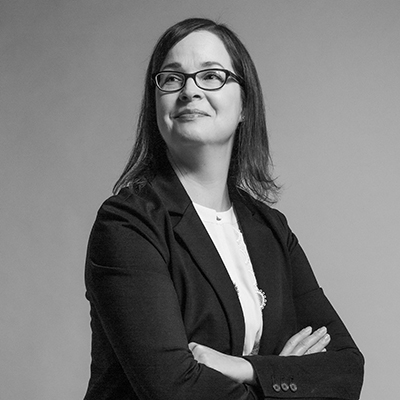News
How to Navigate Marketing in a Cookie-less Future
3 main approaches emerge.
In early March, Google dropped a major announcement that AdAge says is “rejecting solutions such as Unified ID 2.0 as a potential replacement for third-party cookies.” After a few days of industry digestion, it has become clear that the paths of our cookie-less 2022 are just getting more defined.
It’s important to remember that there is no proven solution or single approach for the end of the cookie. What’s emerging are options, each with their own perspective and solution around a cookie-less future.
What the industry does appear to agree on is that the digital environment will continue to evolve and require a portfolio approach to addressability. There is no silver bullet or single solution. Marketers and agencies must plan for a mix of approaches in order to best prepare for and navigate the cookie-less reality in 2022. As the Interactive Advertising Bureau (IAB) shared this week, the three main approaches emerging across advertising activities and use cases are:
Areas where advertiser/publisher data is not connected. This includes contextual targeting, publisher-defined audiences and private marketplaces.
Contextual targeting works across all browsers, so it isn’t affected by Google’s announcement. Advertisers should work now to understand their audience contextually; identify key categories where their audience exists; and build on those categories to create inclusion and exclusion lists.
Areas where no third-party or user-enabled IDs are used within a protected environment. Examples are Google’s Privacy Sandbox and Apple’s SKAdNetwork.
Google is currently testing their FLoC (Federated Learning of Cohorts) offering as part of their Privacy Sandbox initiative. FLoC is an example of using aggregate data to group users into cohorts based on their browsing behavior. The advantage of this approach is that individuals are indistinguishable from others in the cohort. Advertisers would be able to target cohort groups that align with their desired target audience. Challenges are that measurement would be limited to the cohort level and a specific browser, in this case Google, that may limit scale.
Areas where advertiser and publisher data is connected through a digital identifier. This is the approach Google was questioning in its announcement last week as there are concerns around consumer privacy and security – is it just another version of cookies?
Continue growing and building first-party audiences based on consent and capture data through a CDP, DMP or audience translator (like LiveRamp) so that it can be shared via DSPs. First-party data is critical with the dissolution of cookies. The IAB is currently working with industry leaders on an accountability platform that will establish auditable data structures and standard practices to address consumer privacy concerns.
Advertisers should not be afraid to start testing any of the above methods now, so that learnings can be applied in the building of 2022 plans.
Gina Biel, Executive Media Director
With first-party data being king, it’s more important now than ever before that clients get their data in a clean and manageable state.
Clients/agencies should determine a preferred data onboarding platform (i.e., LiveRamp, Signal, etc.) now in order to be able to leverage their first-party data across media/programmatic/social platforms. The legal/security concerns around these offerings can take up to nine months or more to have an agreed-upon MSA in place, so start now.
Clients and their agencies need to determine, and be aligned, around their identity-management platform and attribution approach in order to build the most relevant, frictionless and privacy-safe experience for customers.
